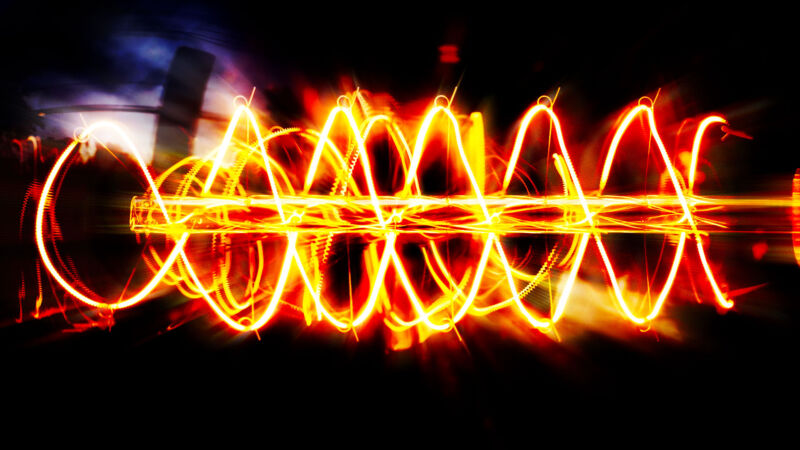
Enlarge (credit: Getty Images | Aurich Lawson)
As installing renewable generating sources continues to set annual records, we're reaching the point where storing the power they generate becomes essential. Proper storage can provide a way to cover temporary drops in production due to changing weather and can potentially offer a way to use power at times when renewable sources aren't producing at all.
So far, attention has focused on batteries as a storage technology that already works and hydrogen as a technology that could work. But both options have problems with scaling to meet our needs. And there's one technology that's already in use that might be more flexible: heat. Heat created from concentrated solar power already allows these plants to keep producing long after the Sun sets (some plants can generate around the clock). And we already know how to produce and store heat efficiently.
Now, researchers from the National Renewable Energy Lab and MIT have improved a technology for using the stored heat to produce electricity, a photovoltaic device that's sensitive to infrared wavelengths. They show that its efficiency is competitive with that of steam boilers, and it avoids the use of moving parts and water that might otherwise be scarce.
No comments:
Post a Comment